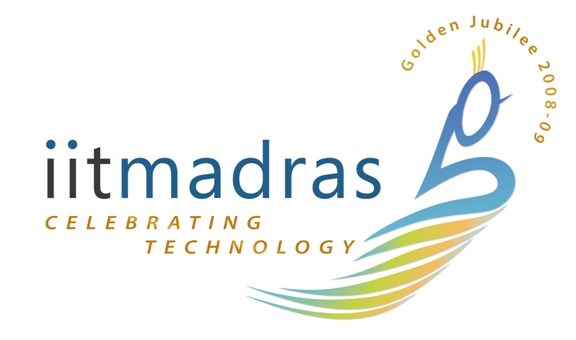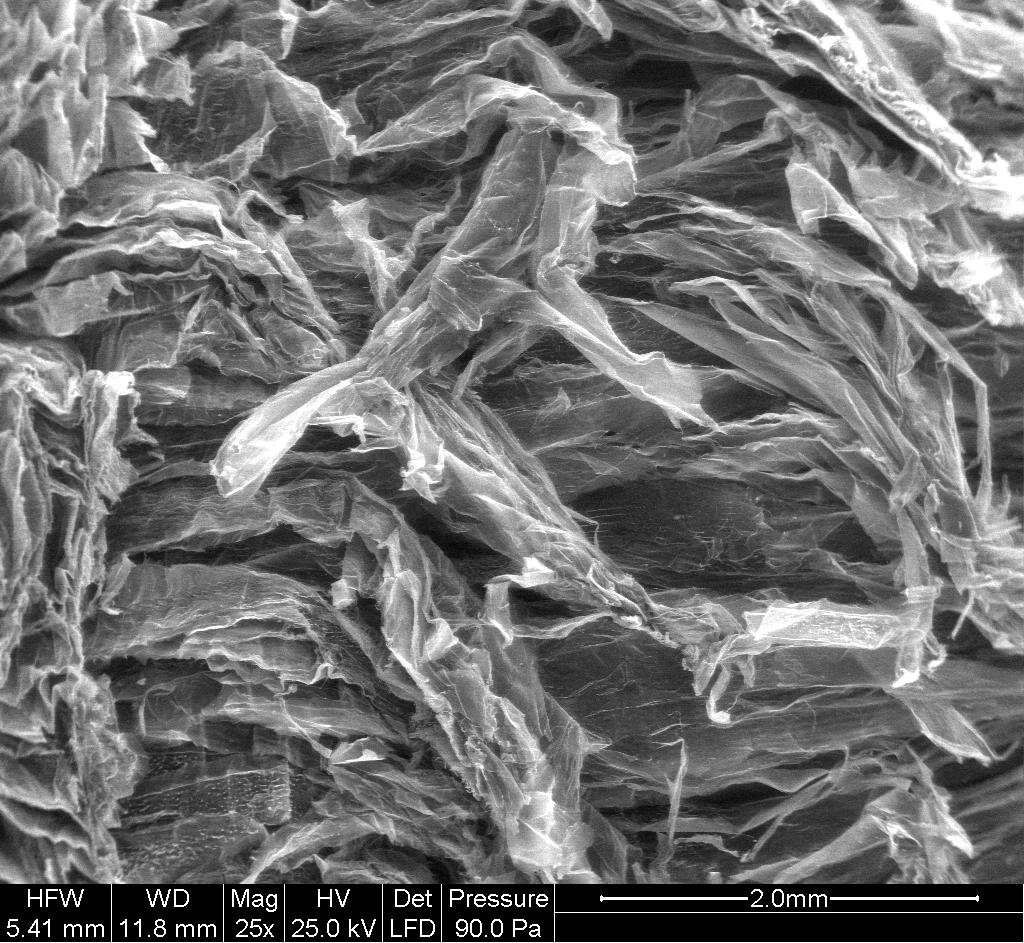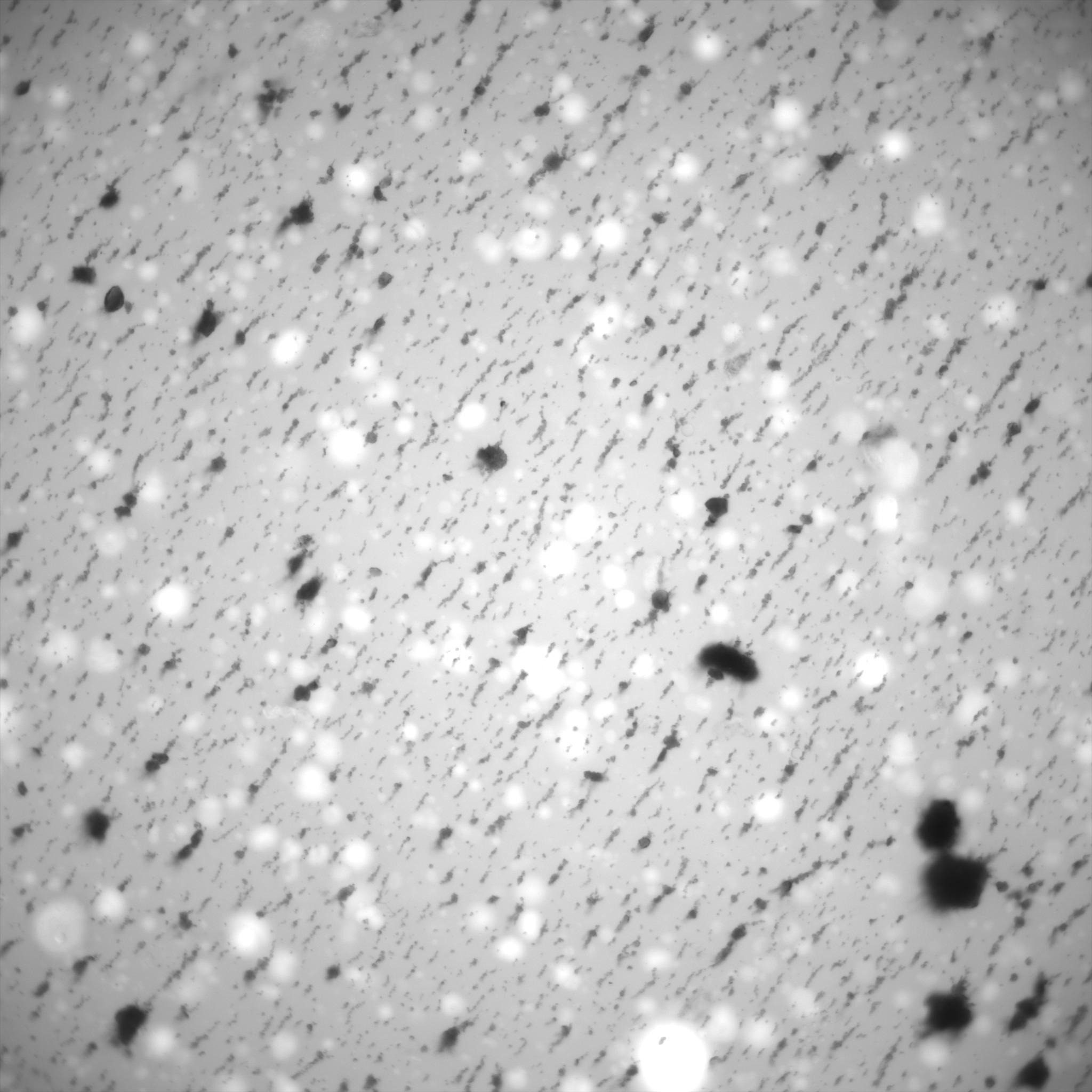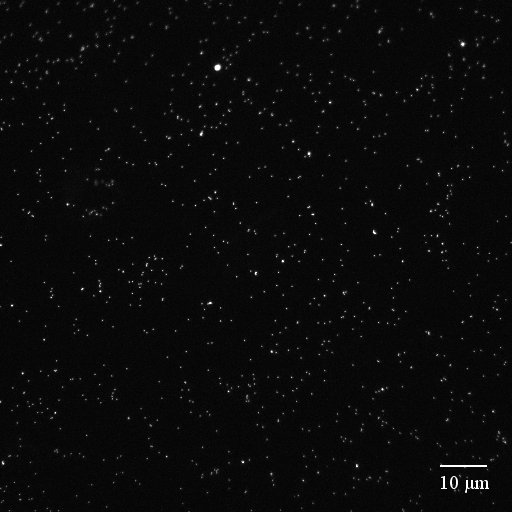Cell Mechanics Lab
Research Focus
The focus of our research has been on the role of biophysical forces in bio-pathological systems such as cancer progression. We are interested in understanding how does the mechanical environment of living cells or tissues alter invasion response and vice-versa. Towards this, our activities can be broadly grouped as (i) biomaterial development, (ii) experimental biomimetic systems and (iii) nanobio-sciences.
Our research-philosopy lies in exploiting the convergence between cell-biology, engineering advances, and analytical methods towards biomedical applications. We are utilizing existing mammlian cell-culture systems (2D and 3D) and easily amenable quasi-3D systems in designing diagnostic tools. Our research team is widely intradisciplinary and welcomes scholars with both biological and physical sciences background.
Some of the fields of immediate interest are:
- Physics of cell-migration through extracellular matrices, and designing of efficient therapeutic schemes.
- Biomimetic systems that better represent complex biological features such as metastatic plaque or tumor microenvironment.
- Biohysical factors mediating metastaic stages; extravasation of circulating tumor cells.
- Modeling the viscoelastic behavior of orthotropic collagenous scaffolds.









(V) Determining traction-forces in live-cells
We are interested in quantifying the forces that a single or a cluster of cells exterts over a 2-D substrate in order to migrate effectively, and under varied physiological/pathological conditions. The micrograph shows a sample image from live-cell traction measurements we conducted for fibroblasts migrating over tunable 2-D substrates.

(i)
(ii)
(iii)
(iv)
(v)
(ii) Aggregation of anisotropic nanoparticles
We are synthesizing anisotropic nanoparticles (30-60 nm range) having spatially-variant surface properties. The objective is to develop fundamental understanding of their interaction with cell-membranes and design therapeutic schemes for efficient drug-delivery.
(The micrograph shows the nature of self-aggregation exhibited by anisotropic nanoparticles without external magnetic field.)
(iv) Desiging cellular microenvironment
It is postulated that during metastatic migration, cancer cells are exposed to a varied, multiscalar microenvironment. We are working on generating tunable engineered microenvironments that allow control over the characteristic properties of cell-microenvironment. In the micrograph, we see a highly disordered cell-compatible matrix created through processing of silk-fibroin protein.
(i) Mechanics of metastasis :
Our key focus is on the role of mechanics in progression of cancer across various metastatic stages, such as loss of cell-to-cell adhesion, gain of cell-to-substrate adhesion, generation of cell-matrix traction, modulation of cellular stiffness during migration, intravasation, and extravasation.
Simultaneous to these biomechanical characterization of metastatic cells, we are interested in the role of soluble factors such as drugs or growth-factors, in aberrent functioning of key biomechanical processes of the cancer cell.
(iii) Cholesterol-mimetic molecules
One of the interest areas we are working on is to design experimental systems that replicate the manner of cholesterol-capture by living cell-membranes as well as functionalized surfaces. The micrograph shows paraffin-embedded NPs showing aggregation as per the nature of functionalization.